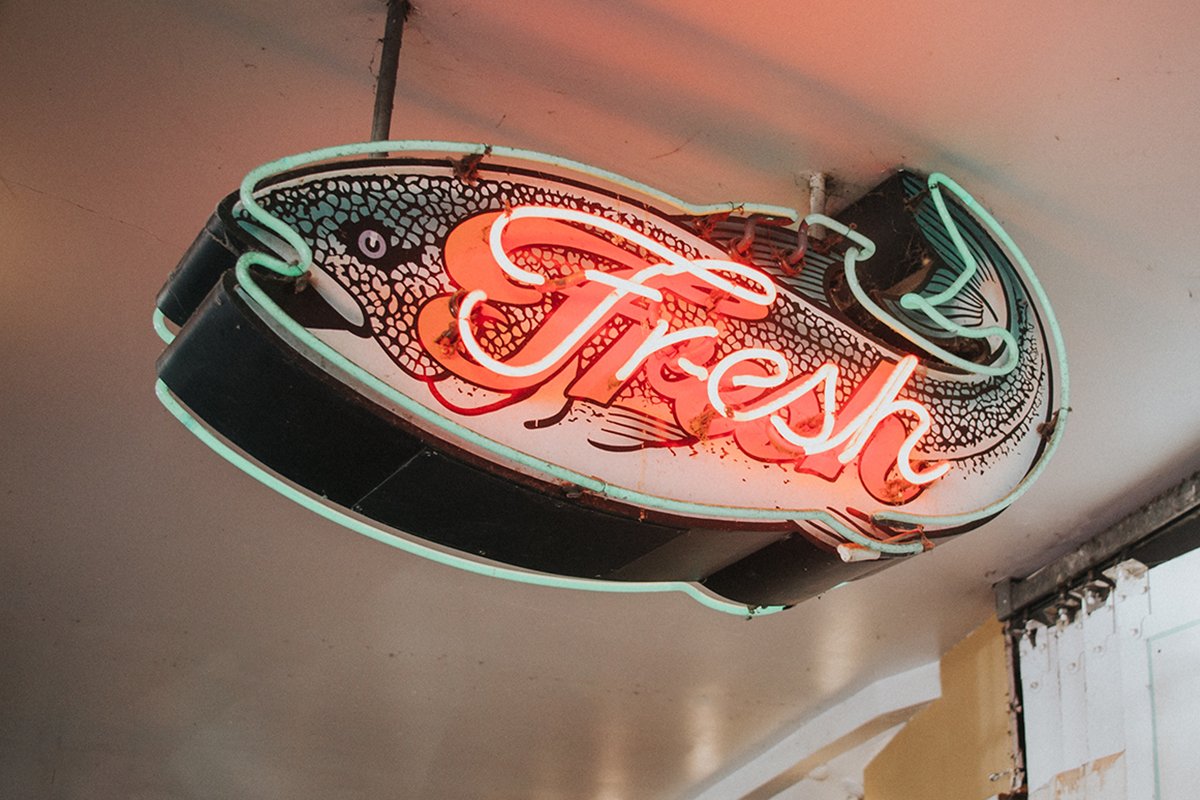Online marketing for a multi-location business has its pros and cons. The pros are that you have a budget you can use to market all of your locations at once. But, the cons are that you have to find a way to also market each location individually.
The challenges of online multi-location marketing and franchise marketing are that you need to find a way to promote your brand as a whole while also promoting each location in its local, target region.
To help with that process, we put together this list of ways that multi-lotion brands can tap into local digital marketing to promote each location to its nearby customers.
Create a page for each location on your website.
If you operate a multi-location brand, you don’t need to create a new website for each of your locations. Instead, create one primary website the features your brand as a whole. Then, create individual location pages for each stand-alone storefront.
The location pages should feature important information relevant to that specific business. It should include details such as address, phone number, and hours. And, it should also include information that boosts the page’s local SEO and ability to inform customers. That includes:
- An embedded Google Map. An embedded map helps Google identify the location of your business so it will show in search when local customers search for a business like yours near them.
- Content about the location and the area around it. Content on the location page that references your business and the surrounding area also helps search engines connect your business to the area. This boosts local SEO even more.
- Photos of the location. Photos of each location help customers get an inside look at each business and see any differences between your properties.
- Lists of products and services. If you offer different products and services at each of your locations, include this information to let customers know before they visit.
- Special and deals. Also, if you offer different deals at each location, make sure that the information is easy for customers to find.
Your location pages present opportunities for you to highlight what makes each storefront unique, inform customers about what they’ll find when they visit, and help your business appear in local searches.
Feature each location on your website.
Once you create unique pages for each of your locations, it’s time to feature them on your website. The way that you highlight each location may vary depending on how many locations you have.
- If you have two or three locations: List and link to each location page in your website footer and/or primary menu. (If you list them in the footer, also include the address to send local SEO signals to search engines.) Also, list each location and the address on your contact page.
- If you have four to ten locations: Create a “Locations” page that lists each location along with the address and a link to the individual page.
- If you have more than ten locations: Create a “Locations” page and consider adding a search function that allows users to search for and find the location nearest them.
Create a Google My Business page for each location.
A big challenge in multi-location digital marketing is trying to get each of your locations to show up in search when users look for businesses like you in different areas. For that to work, you need strong local SEO. You already started to build good local SEO by creating pages for each of your locations.
Now, take it one step further by creating a unique Google My Business page for each location. On the profile, share details related to the specific location and link to the primary brand website (or the individual location page on your site).
This helps users quickly find information related to the location they will visit. But even more importantly, it sends signals to Google telling them where your business is so it can show up in local searches.
Create Instagram and Facebook pages for each location.
In addition to creating a Google page for each location, create a Facebook and Instagram page for each location. While it might seem like a lot to manage, it will pay off for your local digital marketing.
When you have a social page for each location:
- It allows customers to check-in, post photos, and tag specific locations. Each time a customer does this, it promotes your business to their friends and followers.
- It allows customers to reach out to you via social media with customer service issues related to specific stores.
- It helps you share more targeted social promotions. You can share information about a store to only the audience that is interested in that location.
- It sends more signals to search engines. Having additional profiles and NAP citations (name, address, and phone number) for your business helps search engines further tie your business to a specific area.
If you have a lot of locations, it might seem like a lot of work to have so many pages. But don’t assume that one person or team needs to manage all of the pages. Create one brand page that represents your overall brand presence. Then, create individual store pages and allow staff from each location to manage them on their own.
Just keep in mind that you want consistency across each brand page. So create guidelines that each store needs to follow and have one person responsible for overseeing the entire social continuity of your brand.
Learn More About Multi-Location Marketing
Franchises and multi-location businesses must market differently than single storefronts. You need to know how to market your brand as a whole while also promoting each location to nearby customers. Use these tips to improve your local online marketing for each property.
